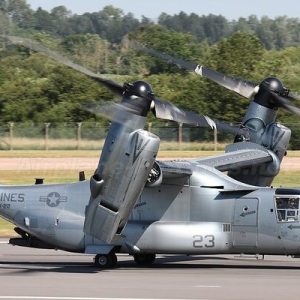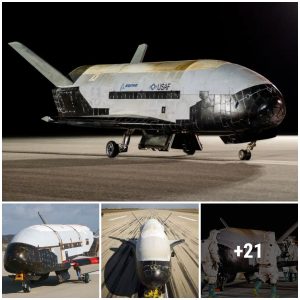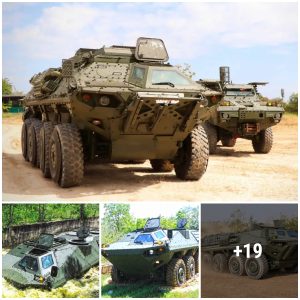The U.S. Air Force and GE have successfully concluded testing on GE’s second XA100 adaptive cycle engine at the Air Force’s Arnold Engineering Development Complex (AEDC). With testing at AEDC completed, GE has accomplished the final major contract milestone of the Air Force’s Adaptive Engine Transition Program (AETP), which began in 2016. GE’s milestones during AETP include:
Following competition, awarded one of two AETP contracts, June 2016
Detailed design completed with U.S. Air Force, February 2019

Initiation of testing on the world’s first flight-weight, three-stream adaptive cycle engine, most heavily instrumented engine test in GE and U.S. Air Force history in Evendale, Ohio, December 2020
Initiation of second engine testing in Evendale, Ohio, August 2021
Beginning of first tests of an AETP engine at AEDC, March 2022
Completion of AETP testing and data collection at AEDC, August 2022
“This is the culmination of more than a decade of methodical risk reduction and testing GE has completed with the Air Force across three different adaptive cycle engine programs. The engine performance data we gathered at AEDC continued to show the XA100’s transformational capability, while also demonstrating a return on substantial Air Force and taxpayer investment.
We now stand ready to transition to an Engineering and Manufacturing Development program and bring this engine to the field with the F-35 before the end of this decade. This engine isn’t a concept, proposal, or research program. This is a flight-weight, highly product-relevant engine that would provide the F-35 with 30% more range, greater than 20% faster acceleration, and significant mission systems growth to harness the F-35’s full capabilities for Block 4 upgrades, and beyond.
The XA100 is the only F-35 propulsion modernization option that has been built, fully tested, and evaluated against Air Force performance targets, and the only option that provides the Air Force the capability it needs to outpace its adversaries for decades to come,” said David Tweedie, GE Edison Works’ vice president and general manager for Advanced Products.
The XA100 combines three key innovations to deliver a generational change in combat propulsion performance:
An adaptive engine cycle that provides both a high-thrust mode for maximum power and a high-efficiency mode for optimum fuel savings and loiter time
A third-stream architecture that provides a step-change in thermal management capability, enabling future mission systems for increased combat effectiveness
Extensive use of advanced component technologies, including ceramic matrix composites (CMC), polymer matrix composites (PMC), and additive manufacturing
These revolutionary innovations increase thrust more than 10%, improve fuel efficiency by 25%, and provide significantly more aircraft heat dissipation capacity, all within the same physical envelope as current propulsion systems. GE’s engine is uniquely designed to fit in the F-35A, as well as the F-35C without modifications to the tailhook. The XA100’s improved fuel efficiency provides a significant reduction in carbon emissions and will operate on any U.S. Air Force-approved Sustainable Aviation Fuel.
The XA100 is a product of GE Edison Works, a business unit dedicated to the research, development, and production of advanced military solutions. This business unit has full responsibility for strategy, innovation, and execution of advanced programs. GE rises to the challenge of building a world that works.
General Electric Company (GE) is an American multinational conglomerate founded in 1892, and incorporated in New York state and headquartered in Boston. Until 2021, the company operated in sectors including healthcare, aviation, power, renewable energy, digital industry, additive manufacturing, rail transport and venture capital and finance, but has since divested from several areas, now primarily consisting of the first four segments.
On November 9, 2021, the company announced it would divide into three public companies: GE Aerospace, GE HealthCare and GE Vernova. The new companies will be focused on aerospace, healthcare, and energy (renewable energy, power, and digital).





